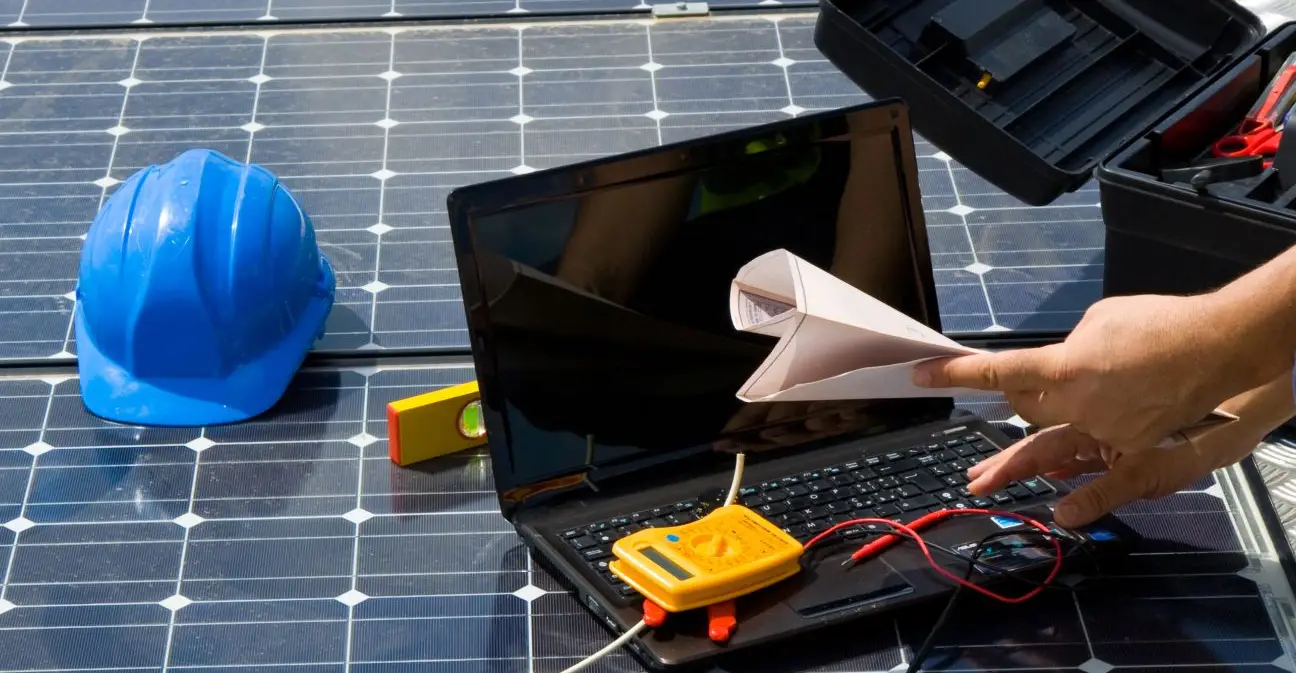Project Summary
"Sun, Wind, and Waves: Renewable Energy for Zanzibar’s Future" is a trans-formative initiative designed to establish Zanzibar as a model of clean, sustainable energy development. This project leverages the island’s abundant natural resources—solar radiation, ocean wind currents, and wave energy—to create a resilient, decentralized renewable energy infrastructure that promotes energy independence, reduces carbon emissions, and drives inclusive economic growth.
Project Objectives
- Install solar, wind, and wave energy systems across strategic sites in Zanzibar.
- Provide clean, affordable, and reliable electricity to rural and under-served communities.
- Train local technicians and engineers to build, operate, and maintain renewable energy infrastructure.
- Promote green tourism and sustainable livelihoods through energy access and climate-smart innovation.
- Reduce diesel fuel dependency and greenhouse gas emissions by at least 60% in targeted areas within 5 years.
Project Components
1. Solar Energy Deployment
- Installation of Solar Microgrids in off-grid villages and islands (e.g., Pemba, Unguja).
- Capacity: 15 MW total, serving approx. 50,000 households.
- Features: Battery storage systems, net metering integration for community facilities.
- Benefits: Stable electricity for schools, clinics, and small businesses.
2. Coastal Wind Farms
- Erection of Wind Turbines along the eastern coastline and high wind zones.
- Capacity: 10 MW from 8–10 turbines.
- Technology: Low-noise, bird-safe vertical axis turbines.
- Benefits: Diversification of energy mix; suitable for nighttime generation.
3. Wave Energy Pilot (Blue Energy)
- Pilot Project: Install modular oscillating water column (OWC) devices near coastal reefs.
- Capacity: 2 MW.
- Innovation: Harness untapped kinetic wave energy.
- Benefits: Steady, base-load renewable energy with potential for expansion.
4. Local Workforce Development
- Training Centers: Establish two Renewable Energy Training Hubs (Unguja & Pemba).
- Programs: Technical certification, women-in-energy scholarships, entrepreneurship.
- Impact: 500+ locals trained within 3 years.
5. Environmental & Community Impact
- Reforestation & Marine Conservation: Offsetting emissions with mangrove restoration.
- Community Ownership Models: Cooperative-run micro-grids with local governance.
- Awareness Campaigns: School outreach, Eco-literacy, and clean energy education.
Proposed Budget (USD)
| Component |
Estimated Cost (USD) |
| Solar Energy Infrastructure (15 MW) |
$12,000,000 |
| Wind Turbines (10 MW) |
$9,000,000 |
| Wave Energy Pilot (2 MW) |
$4,000,000 |
| Battery Storage & Smart Grids |
$3,500,000 |
| Training & Workforce Development |
$1,500,000 |
| Environmental Restoration Programs |
$700,000 |
| Community Engagement & Education |
$300,000 |
| Monitoring, Evaluation & Tech Support |
$1,000,000 |
| Administrative & Logistics Costs |
$1,000,000 |
| Contingency Reserve (10%) |
$3,300,000 |
| TOTAL ESTIMATED COST |
$36,300,000 |
Timeline
- Phase 1 (Months 1–6): Feasibility, land acquisition, permitting.
- Phase 2 (Months 6–24): Construction of solar/wind/wave installations.
- Phase 3 (Months 18–30): Grid integration, training rollout.
- Phase 4 (Months 30–36): Monitoring, optimization, and expansion planning.
Partners & Stakeholders
- Zanzibar Government – Ministry of Energy
- International Donors (e.g., UNDP, World Bank, EU Green Deal)
- Academic Institutions (University of Dar es Salaam, SUZA)
- Private Sector Partners & Green Tech Startups
- Local Communities and Cooperatives
Long-Term Impact
- Powering over 100,000 people sustainably by 2030.
- Reducing Zanzibar’s CO₂ emissions by 80,000+ tons/year.
- Creating 500+ permanent green jobs.
- Paving the way for Zanzibar to become East Africa’s first 100% renewable energy island.

 Home
Home


